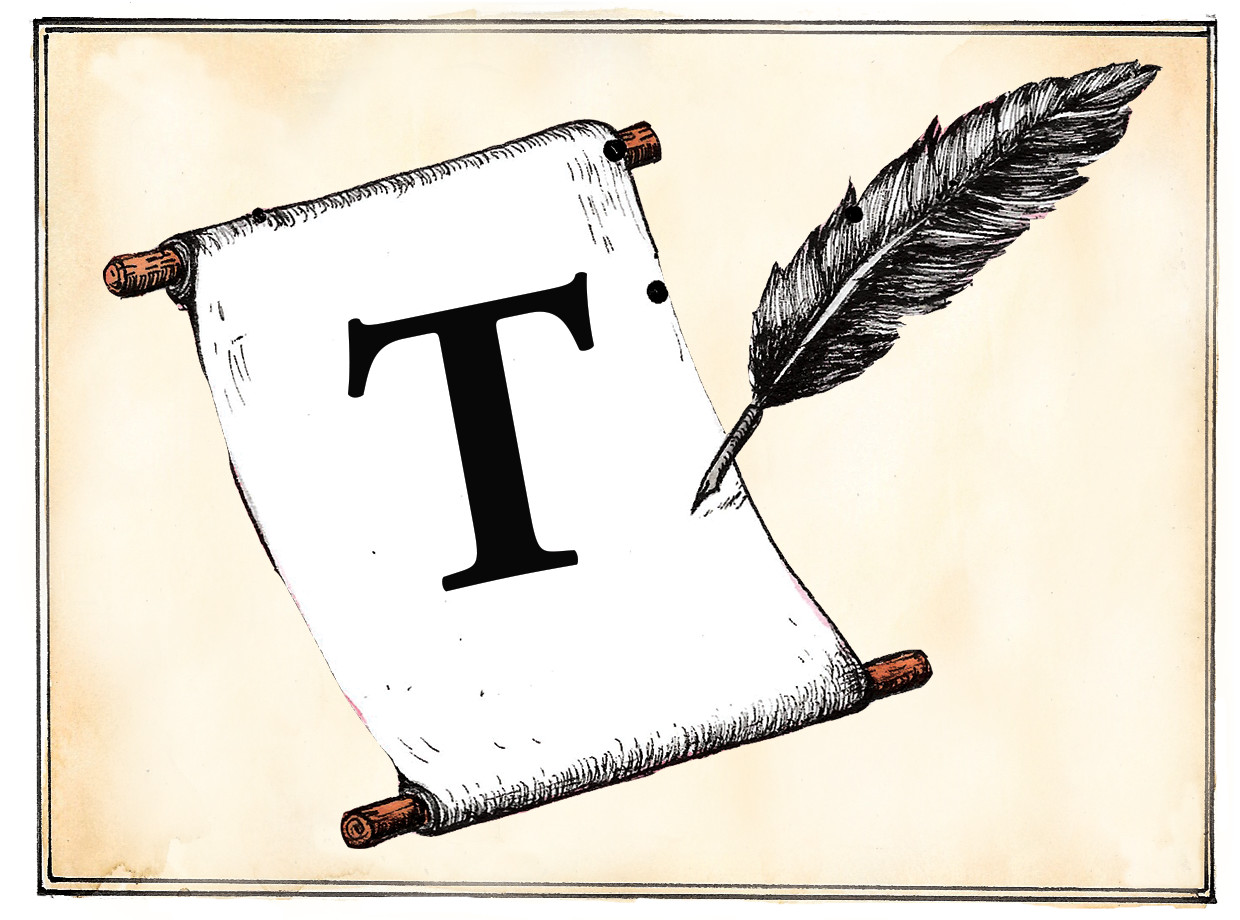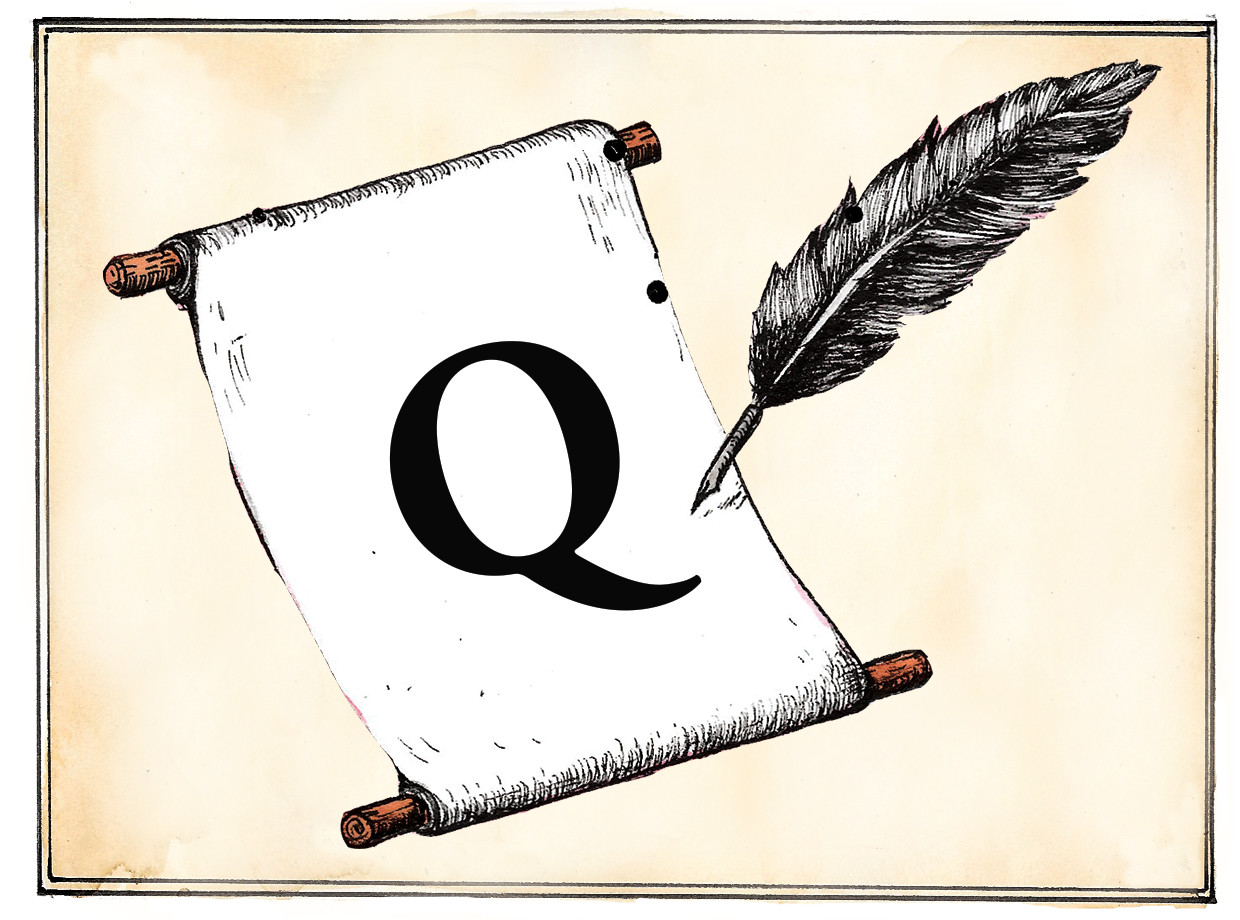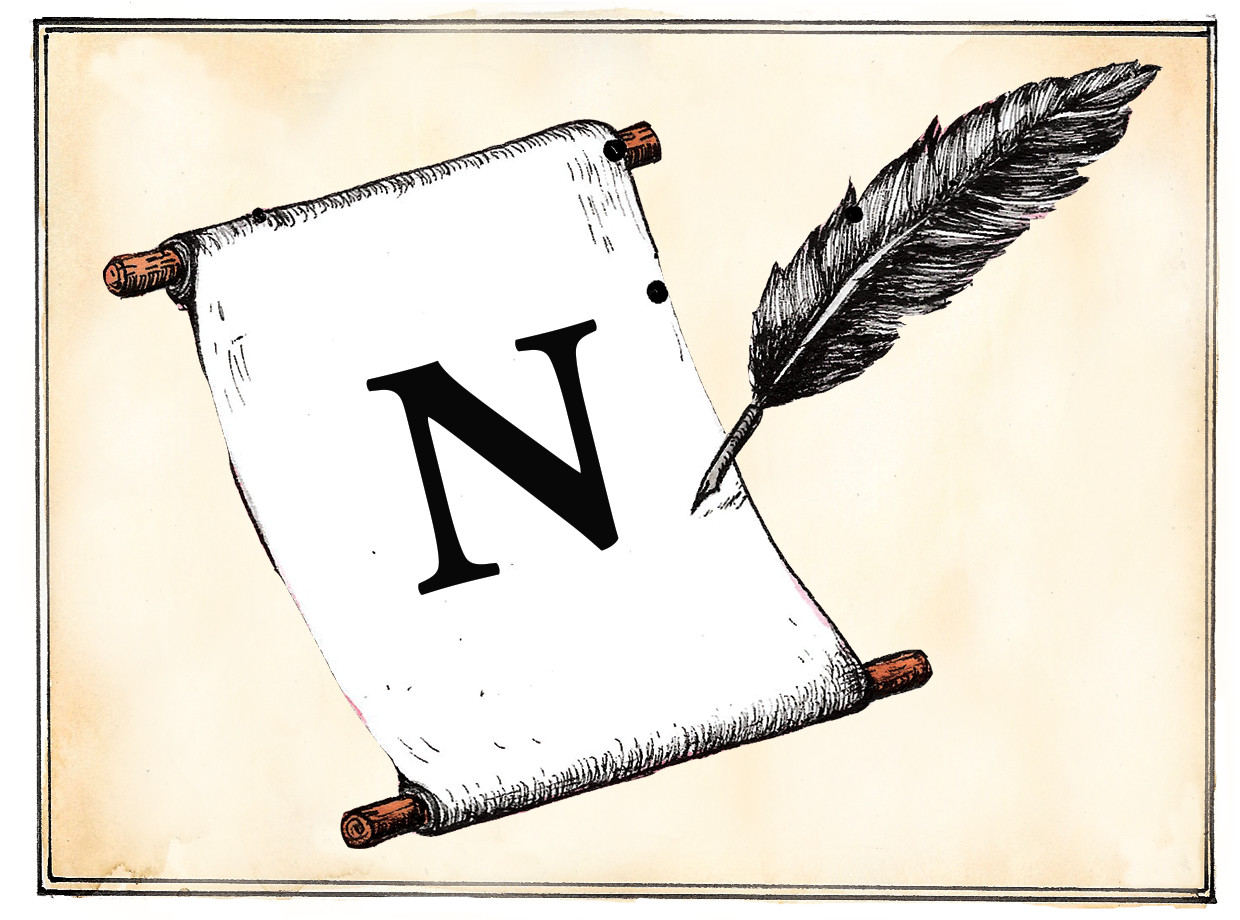
Warning! Don’t read in the meaning of ‘teaching’.
Read more
Warning! Don’t read in the meaning of ‘teaching’.
Read more
Slug-a-bed means lazy-bones! It can also be spelled ‘slug-abed’.
Read more
Shakespeare uses rehearse to mean utter.
Read more
Quietus is a noun that means release.
Read more
A movement used in fencing, a passado is a forward thrust with the foil with the rear foot moving forward at the same time.
Read more
Pronounced ‘ill-yad’, an oeillade is an amorous glance.
Read more
Nook-shotten means crookedly shaped.
Read more
Madonna is a noun meaning ‘my lady’, used in Shakespeare as an affectionate, jocular term of endearment.
Read moreLoggets is a game in which sticks are thrown at a stake, with the one closest to the stake the winner – the same principle as in modern bowls.
Read moreA kerchief is a cloth head-covering or scarf (similar to the illustration below).
Read more